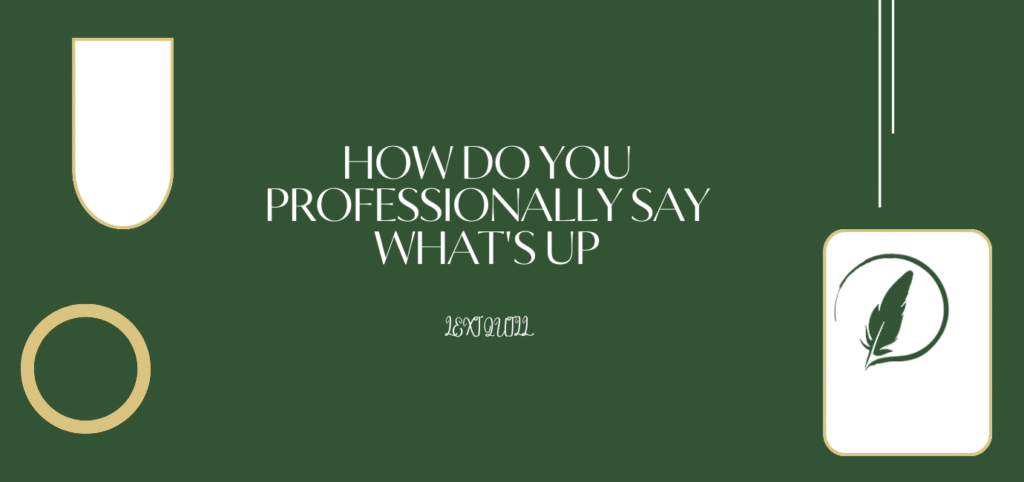When presenting information, whether in writing or speech, finding different ways to say “as you can see” can elevate your communication. This commonly used phrase is often employed to introduce evidence, highlight support for statements, or draw logical conclusions. However, repeated use can dull your message. In professional, academic, or everyday communication, it’s helpful to explore other ways to express the same idea while enhancing clarity and keeping your audience engaged.
Why Use Alternatives?
Repetitive use of the phrase “as you can see” can lead to monotonous explanations and weaken the overall impact of your message. Overuse can make your speech or writing feel redundant or lazy. By integrating alternatives, you can better tailor your delivery to different audiences, increase the variety in sentence structure, and maintain interest throughout your communication. Using diverse phrases also gives you the flexibility to match tone and formality, depending on the context.
1. As Demonstrated
This phrase works especially well in presentations, technical documents, or formal writing. It introduces evidence that has been previously presented, either visually or in text.
Example: “As demonstrated by the chart, sales have increased steadily over the past three quarters, indicating consistent growth.”
2. As Evidenced By
“As evidenced by” is ideal when referring to supporting data, facts, or research. It lends an academic tone and emphasizes the proof behind your argument.
Example: “As evidenced by recent studies conducted over the past decade, climate change is accelerating at an alarming rate.”
3. Clearly
This simple and direct alternative emphasizes the self-evident nature of a fact or observation. It’s effective in persuasive or argumentative writing.
Example: “Clearly, the new policy has resulted in improved employee morale and reduced turnover.”
4. It Is Apparent That
Using “it is apparent that” adds a touch of formality and works well in professional reports or academic essays. It subtly implies that the conclusion should be obvious.
Example: “It is apparent that efficient collaboration leads to more productive outcomes.”
5. As Indicated
“As indicated” is useful when referring back to something previously mentioned, especially in data-driven or analytical writing.
Example: “As indicated in the report, customer satisfaction scores have significantly improved this year.”
6. As Illustrated
This phrase is best used when referencing visual aids such as graphs, images, or charts. It emphasizes visual evidence.
Example: “As illustrated in the diagram, each component of the system plays a vital role in functionality.”
7. Evidently
“Evidently” conveys a sense of obviousness or logical deduction. It adds a confident tone to your conclusion.
Example: “Evidently, these changes have led to improved performance across departments.”
8. From This, It Is Clear That
This phrase is particularly effective when summarizing a conclusion drawn from multiple facts or pieces of evidence.
Example: “From this, it is clear that the marketing campaign achieved its intended goals.”
9. As Reflected In
Use this phrase when pointing to feedback, reviews, or any kind of reflective data. It suits both business and academic contexts.
Example: “As reflected in the feedback, most users appreciate the app’s user-friendly interface.”
10. As Shown
“As shown” is concise and straightforward. It works well in both written and spoken contexts to direct attention to evidence or visuals.
Example: “As shown in the survey results, a majority of respondents favor flexible work schedules.”
Final Thoughts:
Incorporating a variety of alternatives to “as you can see” enhances your communication, avoids repetition, and keeps your audience engaged. Whether you’re writing a business report, delivering a presentation, or crafting an academic paper, selecting the right phrase helps convey your message more effectively. These alternatives allow you to match the tone and intent of your communication, ensuring clarity, professionalism, and persuasive power.








